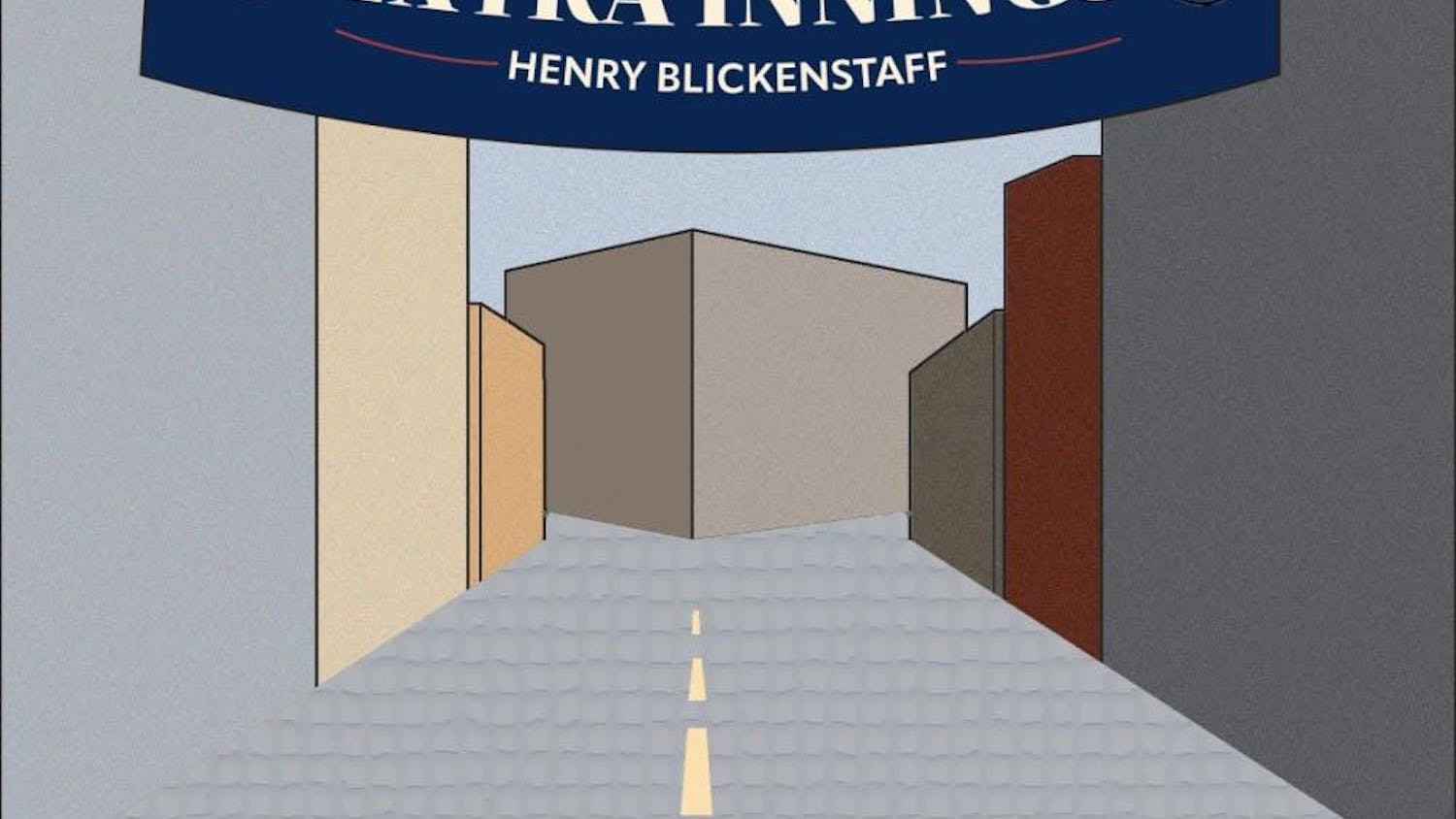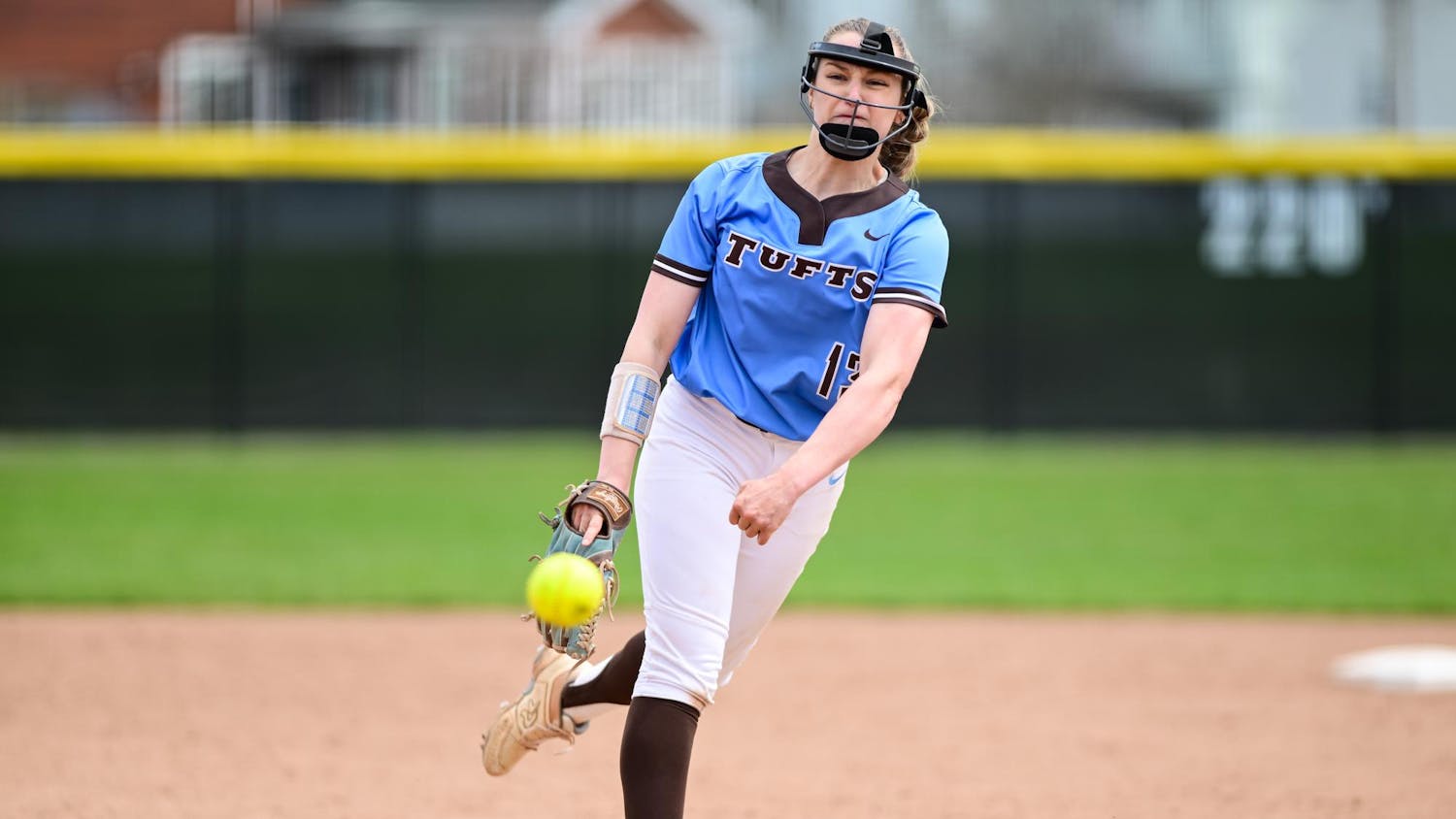After more than 15 years since splitting its membership between the NESCAC and upstate New York's Liberty League, Hamilton College is now a full member of the NESCAC.
Prior to this fall, seven Continentals teams competed in the Liberty League — men's and women's basketball, men's and women's soccer, men's and women's lacrosse and field hockey — while their other 21 teams played in the NESCAC. Now, all 28 are together in one conference.
Though the switch will mean longer road trips for the Continentals from Clinton, N.Y. — about four-and-a-half hours to Tufts and over seven hours to Colby — they are convinced the change is for the better.
"We decided we really wanted to be in one conference rather than two," Jon Hind, Hamilton's athletic director since 2007, said. "It really wasn't about the fact that 21 of the 28 were in NESCAC; it really was all about wanting to partner ourselves with who we consider like-minded institutions."
The switch is not only important for Hamilton's overall reputation but also the success of its athletic program.
"Certainly from an institutional standpoint it's very important for us," Hind said. "But also athletically it changes the teams we play, and I can't tell you how many times we were in recruiting battles and ended up with a prospective student-athlete who said, ‘I want to play in NESCAC,' and we weren't in NESCAC."
Hamilton was one of the original NESCAC institutions in 1971, along with the current members and Union College — which left the conference in 1977 and was replaced in 1982 by Connecticut College.
For a long time, Hind explained, the league was only loosely affiliated with the NCAA, and conference play had no postseason ramifications. In 1993, however, the NESCAC began sending teams to NCAA championships. Two years later, Hamilton helped found the Upstate Collegiate Athletic Association, today known as the Liberty League, to decrease travel time. Then, in 1999, when the NCAA began granting automatic qualifying bids to conference champions, the NESCAC schools wanted their teams to have full round-robin schedules within the conference.
"The question was posed to Hamilton, ‘Are you in or are you not?'" Hind said. "We certainly didn't want to sever ties with NESCAC, but pragmatically felt it would make more sense to play some of the sports in New York."
Somehow — Hind himself is unsure of the reasoning — the decision was made that seven Hamilton teams would play in the Liberty League, and that the rest would play in the NESCAC. The Liberty League does offer some strong competition, including Skidmore, Bard and William Smith, but Hind admits that the NESCAC has more depth in each sport.
Hamilton fits well in the NESCAC in terms of size, with about 1,900 students. Every school in the conference except Tufts has between 1,000 and 3,000 undergraduates, and only Tufts and Wesleyan are defined as "universities."
So far, everyone at Hamilton seems happy with the move.
"I think [the reaction] has been unanimously favorable," Hind said. "If we had just jumped leagues and gone into NESCAC, we probably would have received some of that [negative] feedback. But at a school of our size where pretty much everybody knows each other, we already had so many teams doing that travel that I'm sure the student-athletes talked to each other. I think the fact that so many of our teams were already competing [in the NESCAC] has made it much easier for the other seven."
While deciding whether to make the switch, Hamilton examined how many more hours athletes would spend away from campus on a NESCAC schedule than on a Liberty League one. While the results were significant — about 20 to 25 more hours per team — the conclusion was made that, spread out over the course of a season, the extra time was well worth it. Also, Hind noted that Hamilton athletes will actually miss fewer classes than in the past because the NESCAC plays more games on weekends.
With men's and women's soccer and field hockey just a couple of weeks into their transition seasons, all that is clear is that the Continentals are going to be constantly tested.
"I've been at all of the games, and they have been competitive dogfights 'til the end," Hind said. "That's what we expected — a dogfight week-in and week-out."





